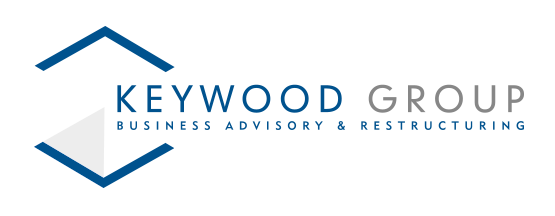What happens when a creditor obtains judgment?
Obtaining a judgment against a limited company can be an effective way to recover debt owed by the subject company. Once a company creditor has obtained a County Court Judgment (“CCJ”), that creditor can take steps to enforce that judgment if the debt is not paid. This right to take control of goods to enforce a judgment is also known as ‘execution’.
Bailiffs and enforcement officers are appointed by the judgment creditor to recover money that a company owes them (the process of execution). There are different types of bailiffs with varying powers, and the timing of the enforcement action is also relevant. This article sets out some of the key points which company owners and directors should be aware of.
Attendance at the company’s trading premises
Where judgment has been obtained in relation to a company debt, a bailiff has the authority to take control of goods belonging to the company which could then be sold to recover the amount owed, plus any associated costs. If the debt is owed to HMRC a HMRC Officer will first issue a notice of enforcement to recover the debt, before attending and ‘taking control of goods’.
Most bailiffs will want to understand whether the business can afford to pay what is owed. If payment is not made on first attendance the bailiff will make a list of company assets, which they could sell if payment is not made. Once this has been done, you cannot sell or remove the listed assets from the premises until payment is made in full.
Can a bailiff force entry into my business premises?
High Court Enforcement Officers are a type of bailiff with the power to force entry. This can be extremely stressful, and, in these circumstances, it is likely that the company has significant financial problems. You may need to consider whether your company is insolvent. For this reason, you should seek prompt advice from a Licenced Insolvency Practitioner.
What happens if my company is insolvent?
If your company has entered a formal insolvency process, the company may benefit from legal protection. For example, if a company enters administration, it will automatically benefit from a moratorium which prevents the commencement or continuation of legal action. For companies which have gone into liquidation, the rules vary depending on the process.
Creditors’ Voluntary Liquidation
As suggested by the name, Creditors Voluntary Liquidation (“CVL”) is a voluntary process. The members (shareholders) pass a special resolution confirming that the company cannot continue its business because of its liabilities and should be wound up. Company creditors then ratify the appointment of a Liquidator. The CVL process commences when the members resolution is passed.
Unless the execution process has been completed before the commencement of the CVL, then the creditor cannot proceed with the enforcement and, unless they hold another form of security, will be treated as an unsecured creditor.
Compulsory Liquidation
Compulsory Liquidation is when the company is wound up by Court Order. There are various ways in which the process starts but the most common is for on the petition of a creditor on the grounds that the company cannot pay its debts as and when they fall due. The process formally commences on the date on which the winding up petition is presented to the court, not the date on which a winding up order is actually made.
Here, S128 of the Insolvency Act 1986 makes any execution process void after the winding up has commenced.
Help from Licenced Insolvency Practitioners
Keywood Group is a firm of Licenced Insolvency Practitioners with offices in Birmingham and London, although we cover the whole of England and Wales.
Our team has extensive experience dealing with businesses in distress and can help you to assess the company’s financial position, and what can be done. Our Insolvency Practitioner is fully licenced and regulated by The Insolvency Practitioners Association. If you want further information, please contact us for a no obligation chat.











